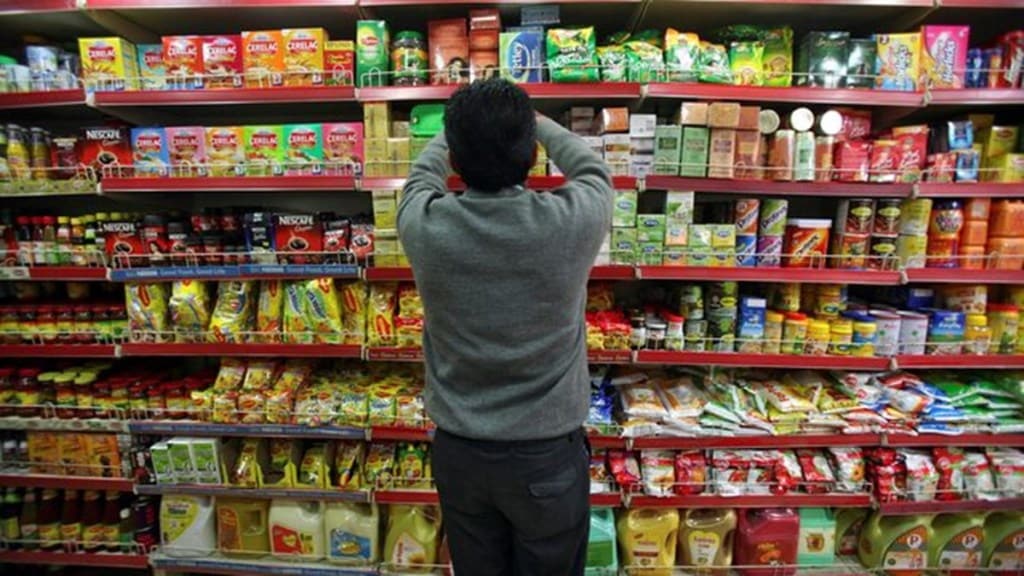Smaller fast-moving consumer goods (FMCG) companies continue to outperform their bigger rivals, aided by strong rural demand and easing inflation. The value and volume growth for manufacturers with an annual turnover of under Rs 100 crore was 21.5% and 12.7% in the June quarter, the best in six quarters, according to data from research agency NielsenIQ.
In contrast, FMCG leaders, or those with an annual top line exceeding Rs 5,000 crore, grew 9.8% and 3.1% in value and volume terms. Giants constitute 46% of India’s Rs 5-lakh crore FMCG market while smaller brands make up 17%, according to NielsenIQ.To be sure, the base for smaller producers is low. But they have also been more innovative and have tried to understand the pulse of the local consumer. They are doing well in categories such as instant noodles, washing liquids, snacks, biscuits and beverages.
Shreeram Bagla, MD, Annapurna Swadisht, a Kolkata-based small FMCG company, says that besides pushing the Rs 5 price point for most of its products including fryums, namkeens, extruded snacks and noodles, the company has also focused on quality, consistency and packaging of its products.
Rise of localised strategy and rural demand
Bagla said the purchasing power of the consumer in Tier 3 and 4 markets may be small, but his or her aspirations are not. He added they want neat and clean branded products, with colourful packaging, delivered at affordable prices. “We find that the `5 price point also gets us a lot of repeat buys. This makes a strong case for us to stick to this pricing despite margins being thin,” Bagla says.
K Ramakrishnan, MD, South Asia, Worldpanel by Numerator, said there is a universe beyond large, listed FMCG firms that is doing well. “You have unlisted players and small brands that are growing because consumption trends are changing,” he said. The rural consumer, whether mass or elite, for instance, is increasingly becoming aspirational, Ramakrishnan says, with the penetration of categories beyond essentials such as fabric softeners, washing liquids, sauces, ketchups, juice drinks, instant noodles, insecticides, western snacks and sanitary napkins growing sharply (in four years), though consumption remains in small pack sizes.
Big Brands’ response and future outlook
FMCG leaders are fighting back, fine-tuning their market strategies to address local needs and improve accessibility of their products. Most large, listed players are expanding their direct distribution networks in rural areas, launching smaller packs of all brands — premium and mass, keeping price points competitive and undertaking hyper-local promotions to tap into rising rural demand.
Mohit Malhotra, CEO, Dabur India, said his firm reaches over 131,000 villages, with direct access to over 1.42 million outlets. This is out of a total reach of nearly 8 million outlets that the company currently has. “To leverage this distribution network, we’ve launched value bundles across categories, from hair oils to oral care, healthcare to food and beverages, at Rs 10, Rs 20, Rs 50, and Rs 100 price points,” Malhotra said.The company derives 45-50% of its sales from rural areas, the most among FMCG players in the country.

